How Southwark was the Beverly Hills of Londinium
The 'world's most difficult jigsaw puzzle' reveals south London's glamorous history
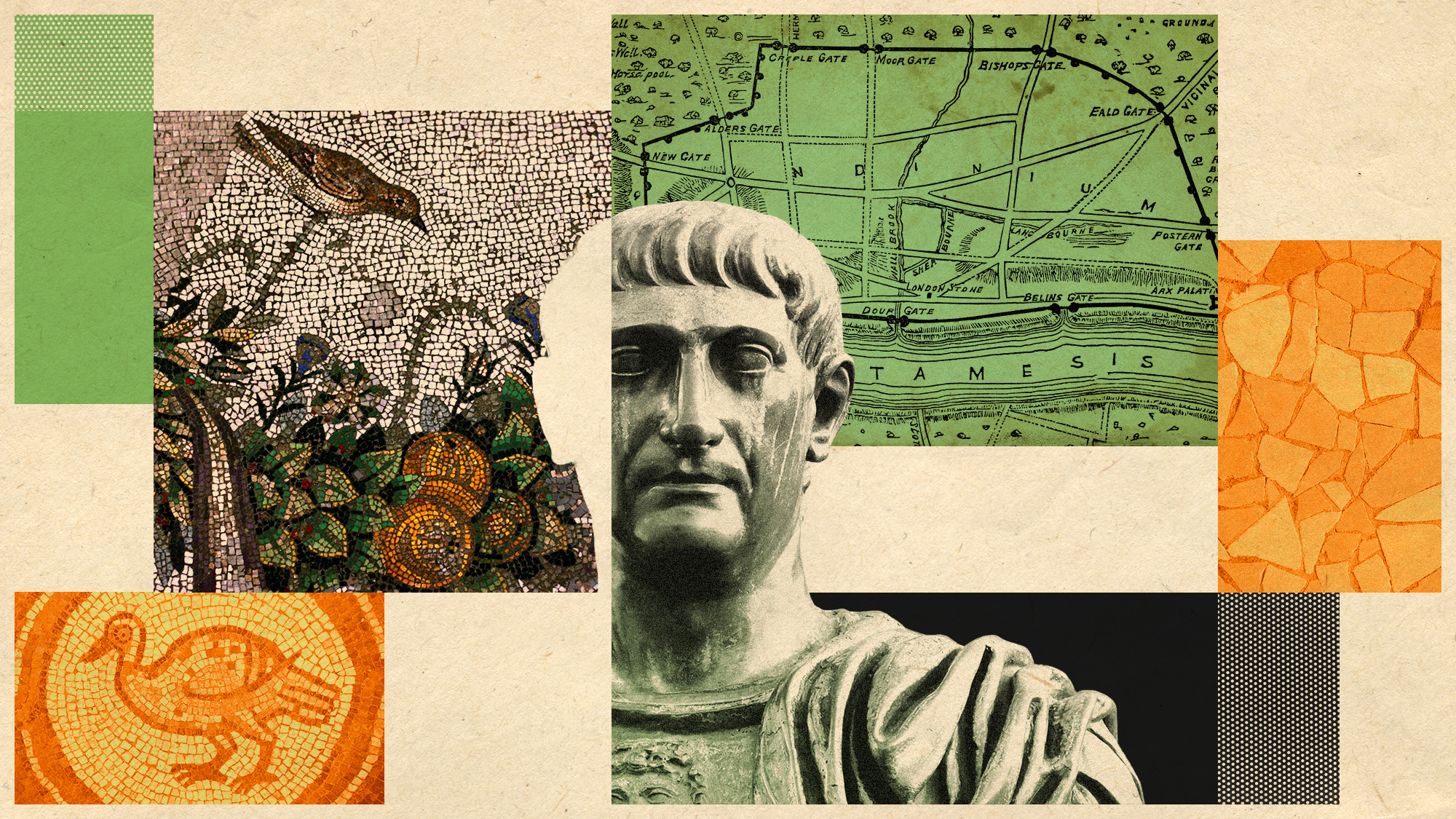
Archaeologists have pieced together thousands of ancient fragments that suggest that Southwark was once the "Beverly Hills of Roman London".
The South London borough has "always been seen as the scruffier, rough-around-the-edges" part of the capital, said The Times, but this "extraordinary" new finding suggests that its backstory is "a little grander than originally thought".
Shattered plaster
The fragments of painted plaster were discovered during excavation work and collected into 120 boxes. It was only when a team of archaeologists started fitting together the plaster shards – in what they called "the world's most difficult jigsaw puzzle" – that they realised they had discovered a group of 2,000-year-old wall paintings. They feature "beautiful drawings of birds, fruit and flowers", said The Independent. One fragment depicts what was first thought to be a bunch of grapes but archaeobotanists now believe it's actually a plant that grows more locally: mistletoe. Other fragments include details of musical instruments and "unusual graffiti" of the ancient Greek alphabet.
The Week
Escape your echo chamber. Get the facts behind the news, plus analysis from multiple perspectives.

Sign up for The Week's Free Newsletters
From our morning news briefing to a weekly Good News Newsletter, get the best of The Week delivered directly to your inbox.
From our morning news briefing to a weekly Good News Newsletter, get the best of The Week delivered directly to your inbox.
It is, said The Times, one of the largest collections of painted frescoes ever found in the capital, and most likely graced a "luxurious suburban" villa beyond the "hustle and bustle" of what was then the main city. Alternatively, the paintings could have decorated a "mansio" – a type of inn or hotel for travelling government officials. Either way, the walls the frescoes were painted on were built soon after the Romans founded Londinium in 43AD.
Several of the pieced-together panels are bright yellow, a rare colour in British Roman artefacts, suggesting that the artist took inspiration from decorations in other parts of the Roman world, including Pompeii.
But the actual identity of the artist remains a mystery, said the BBC. One fragment is scored with the Latin word fecit, which means "has made this", but the piece that fitted next to it, and would have borne the artist's name, hasn't been found.
Londinium's footprint
The discovery is already updating experts' knowledge of Londinium. The settlement's "main footprint" was north of the river in what has become the City of London, but this find suggests that the Romans were "committed to more than just that square mile", said The Times.
A free daily email with the biggest news stories of the day – and the best features from TheWeek.com
It's really adding to "our understanding of what life was like in the area, relatively early on in the Roman period", Andrew Henderson-Schwartz of the Museum of London Archaeology told the paper.
And there's "still much to discover" from the fresco fragments, which will continue to help archaeologists "reconstruct the story" of the UK's "rich Roman history", said the BBC.
Chas Newkey-Burden has been part of The Week Digital team for more than a decade and a journalist for 25 years, starting out on the irreverent football weekly 90 Minutes, before moving to lifestyle magazines Loaded and Attitude. He was a columnist for The Big Issue and landed a world exclusive with David Beckham that became the weekly magazine’s bestselling issue. He now writes regularly for The Guardian, The Telegraph, The Independent, Metro, FourFourTwo and the i new site. He is also the author of a number of non-fiction books.
-
 Political cartoons for January 3
Political cartoons for January 3Cartoons Saturday's political cartoons include citizen journalists, self-reflective AI, and Donald Trump's transparency
-
 Into the Woods: a ‘hypnotic’ production
Into the Woods: a ‘hypnotic’ productionThe Week Recommends Jordan Fein’s revival of the much-loved Stephen Sondheim musical is ‘sharp, propulsive and often very funny’
-
 ‘Let 2026 be a year of reckoning’
‘Let 2026 be a year of reckoning’Instant Opinion Opinion, comment and editorials of the day
-
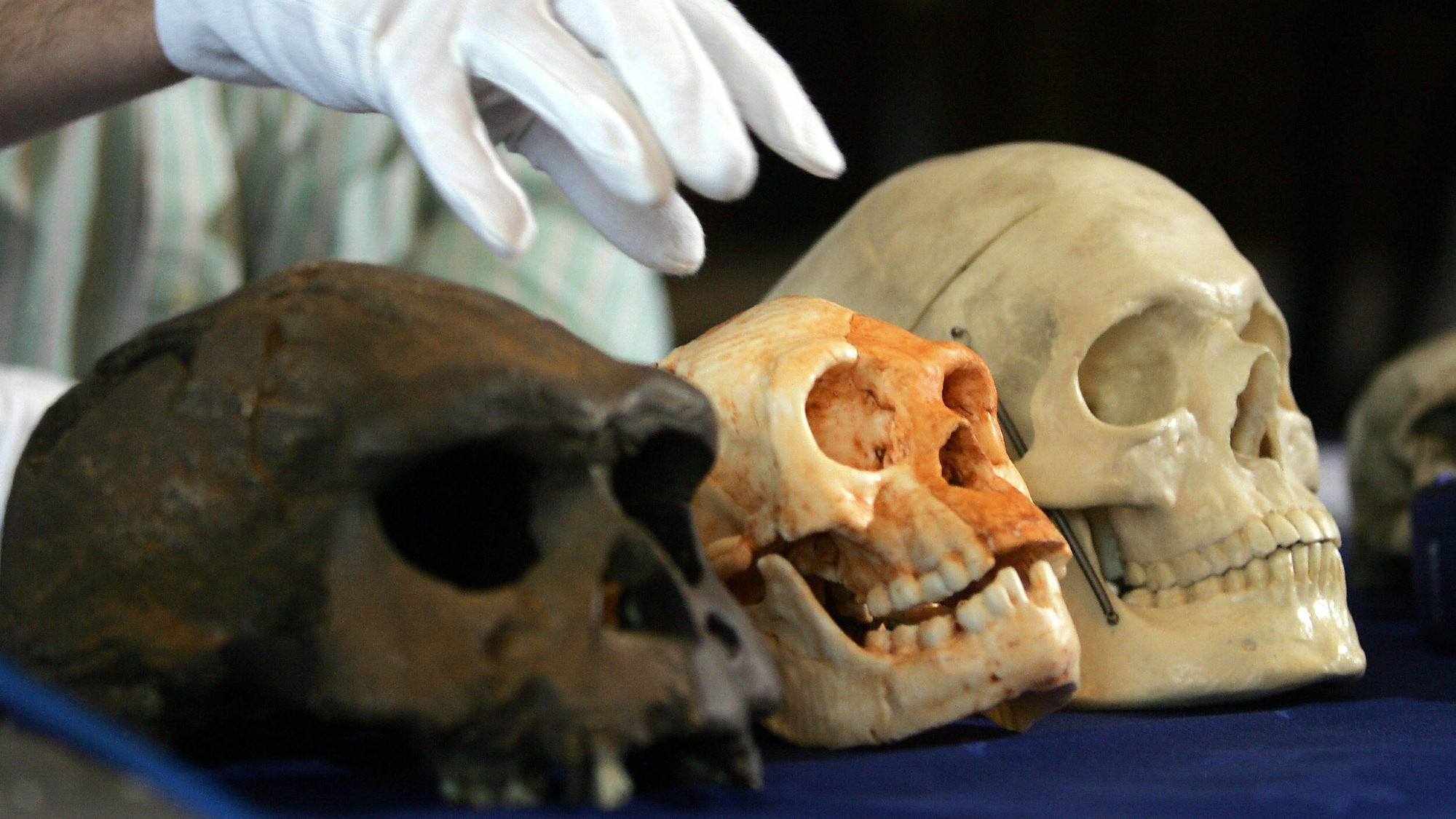 Homo floresiensis: Earth’s real-life ‘hobbits’
Homo floresiensis: Earth’s real-life ‘hobbits’Under the Radar New research suggests that ‘early human pioneers’ in Australia interbred with archaic species of hobbits at least 60,000 years ago
-
 Mendik Tepe: the ancient site rewriting human history
Mendik Tepe: the ancient site rewriting human historyUnder The Radar Excavations of Neolithic site in Turkey suggest human settlements more than 12,000 years ago
-
 The seven strangest historical discoveries made in 2025
The seven strangest historical discoveries made in 2025The Explainer From prehistoric sunscreen to a brain that turned to glass, we've learned some surprising new facts about human history
-
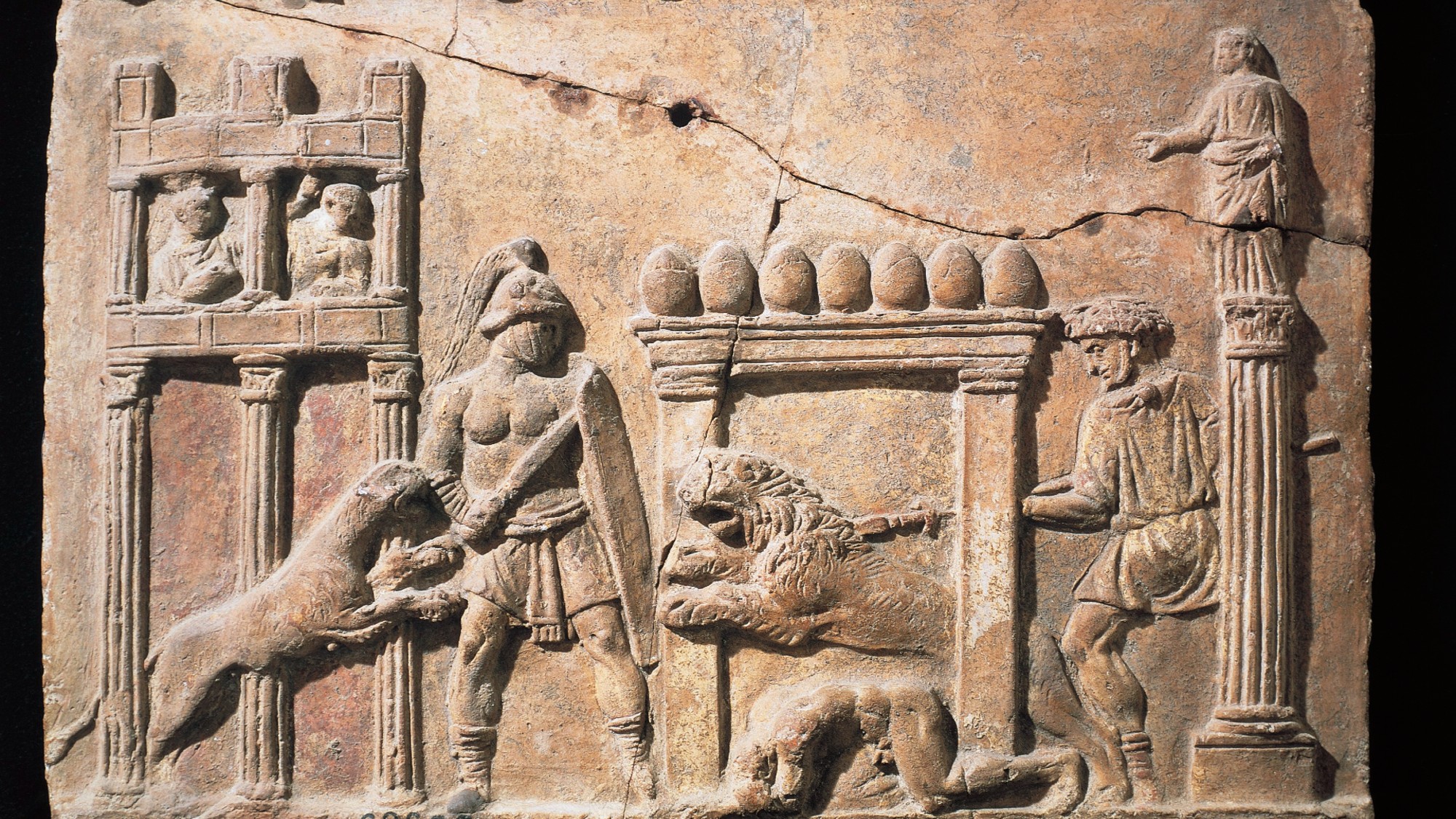 Scientists have found the first proof that ancient humans fought animals
Scientists have found the first proof that ancient humans fought animalsUnder the Radar A human skeleton definitively shows damage from a lion's bite
-
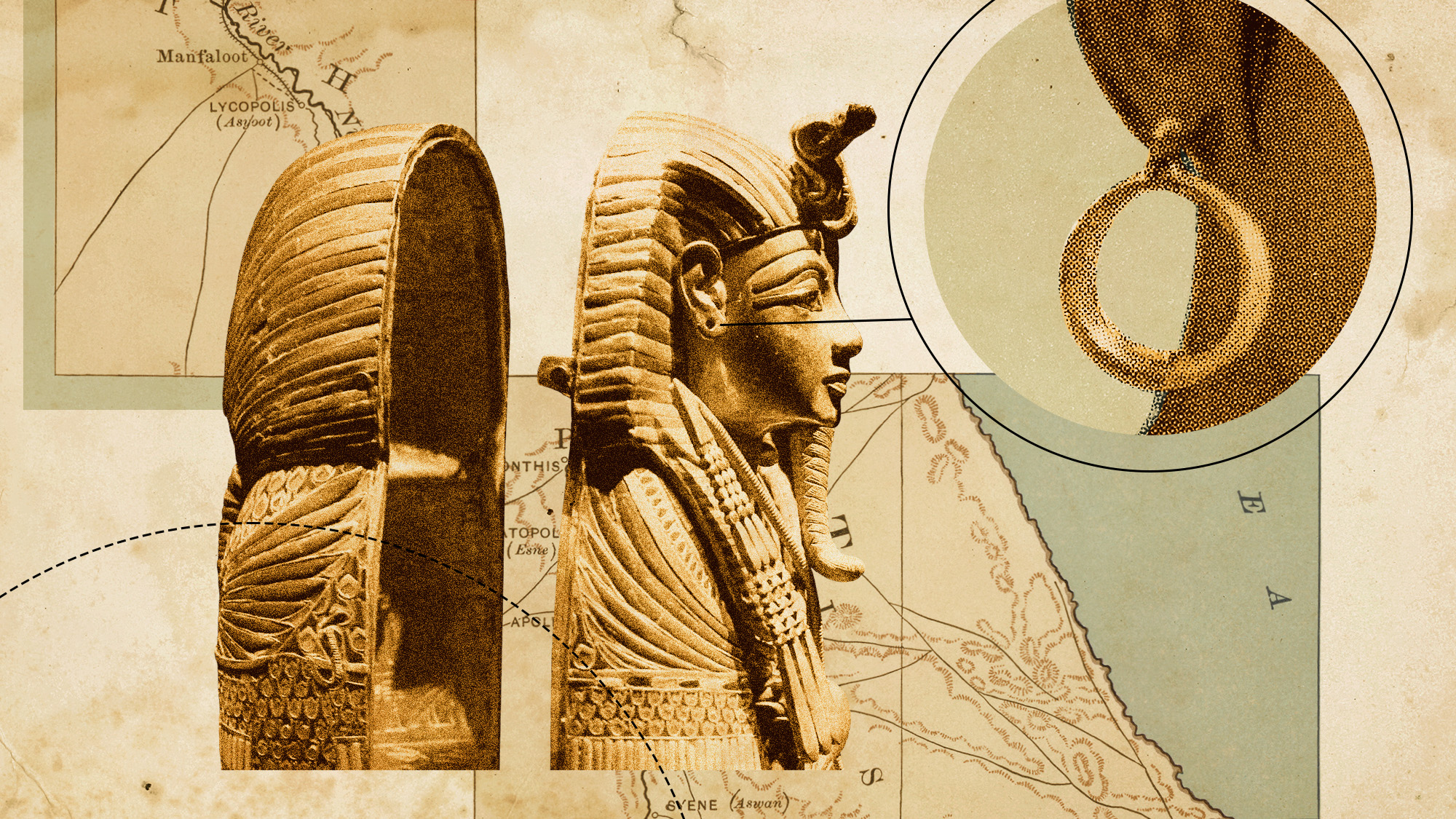 Tutankhamun: the mystery of the boy pharaoh's pierced ears
Tutankhamun: the mystery of the boy pharaoh's pierced earsUnder the Radar Researchers believe piercings suggest the iconic funerary mask may have been intended for a woman
-
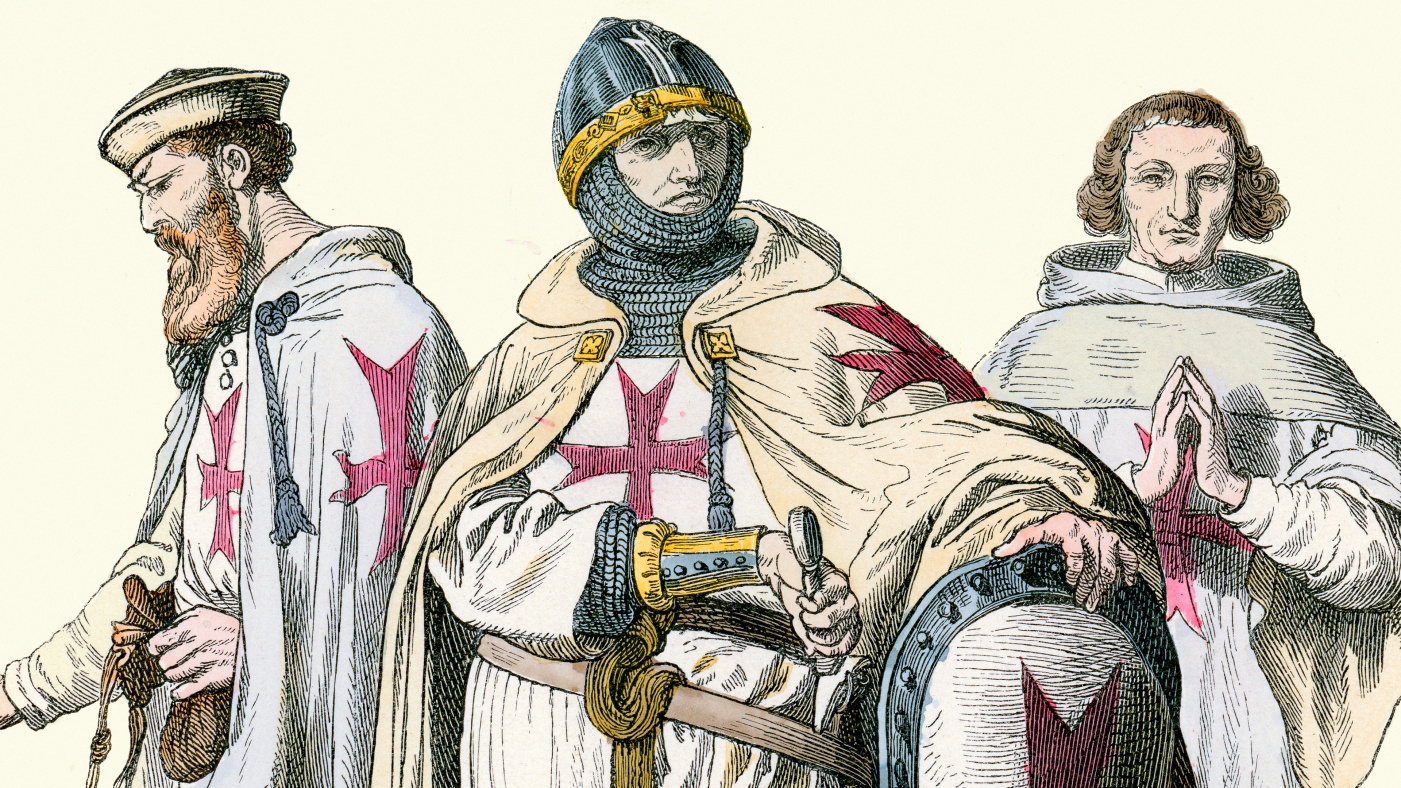 The discovery that sheds new light on the Knights Templar
The discovery that sheds new light on the Knights TemplarIn Depth Medieval tombs linked to the Holy Grail crusaders have been uncovered in a Staffordshire churchyard
-
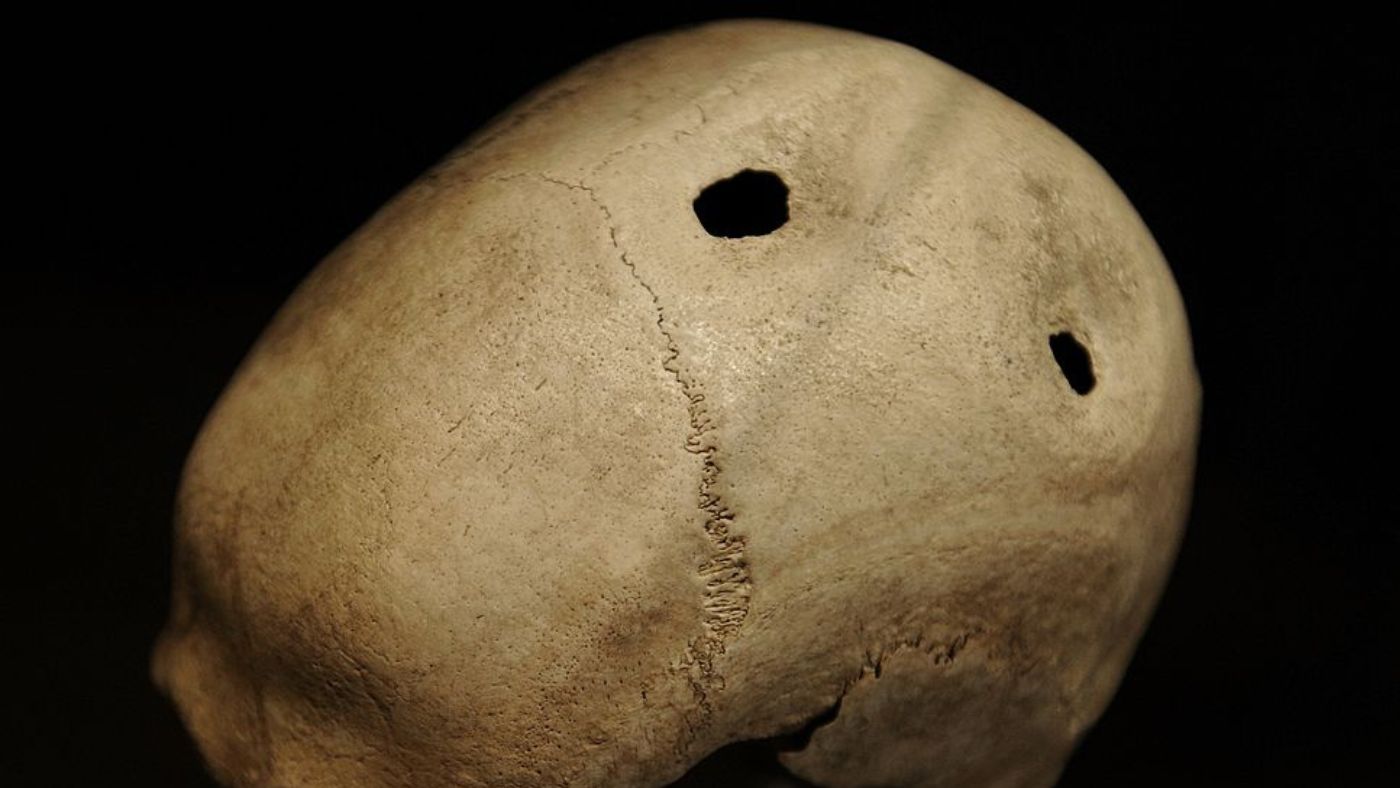 Rare brain surgery performed 3,500 years ago
Rare brain surgery performed 3,500 years agoSpeed Read Archaeologists discover punctured skull dating back to 1500BC below floor of Israel home
-
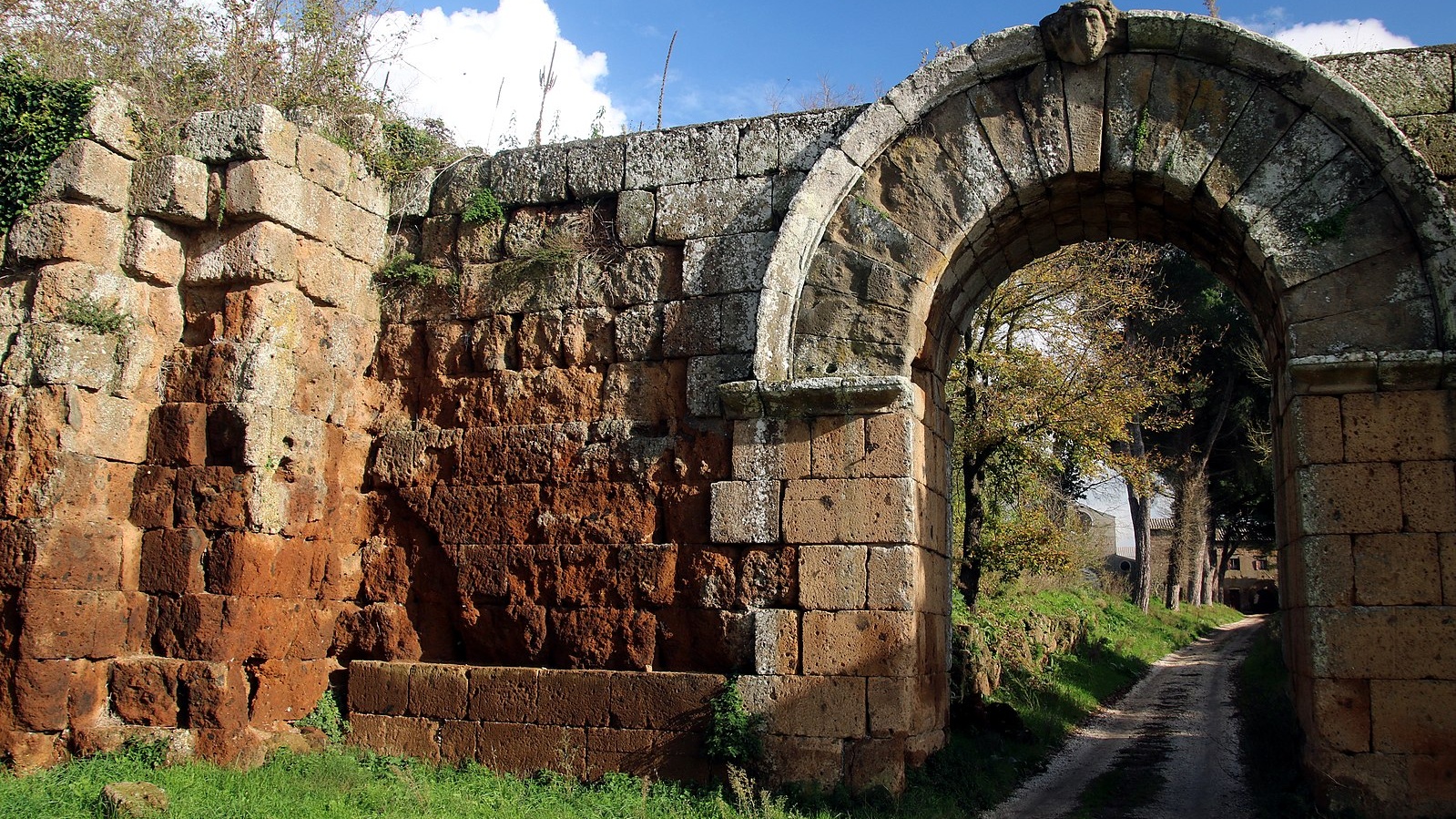 Archaeologists map Roman city using ‘quad bike and radar’
Archaeologists map Roman city using ‘quad bike and radar’Speed Read New scanning system reveals ‘elaborate’ details of ancient settlement